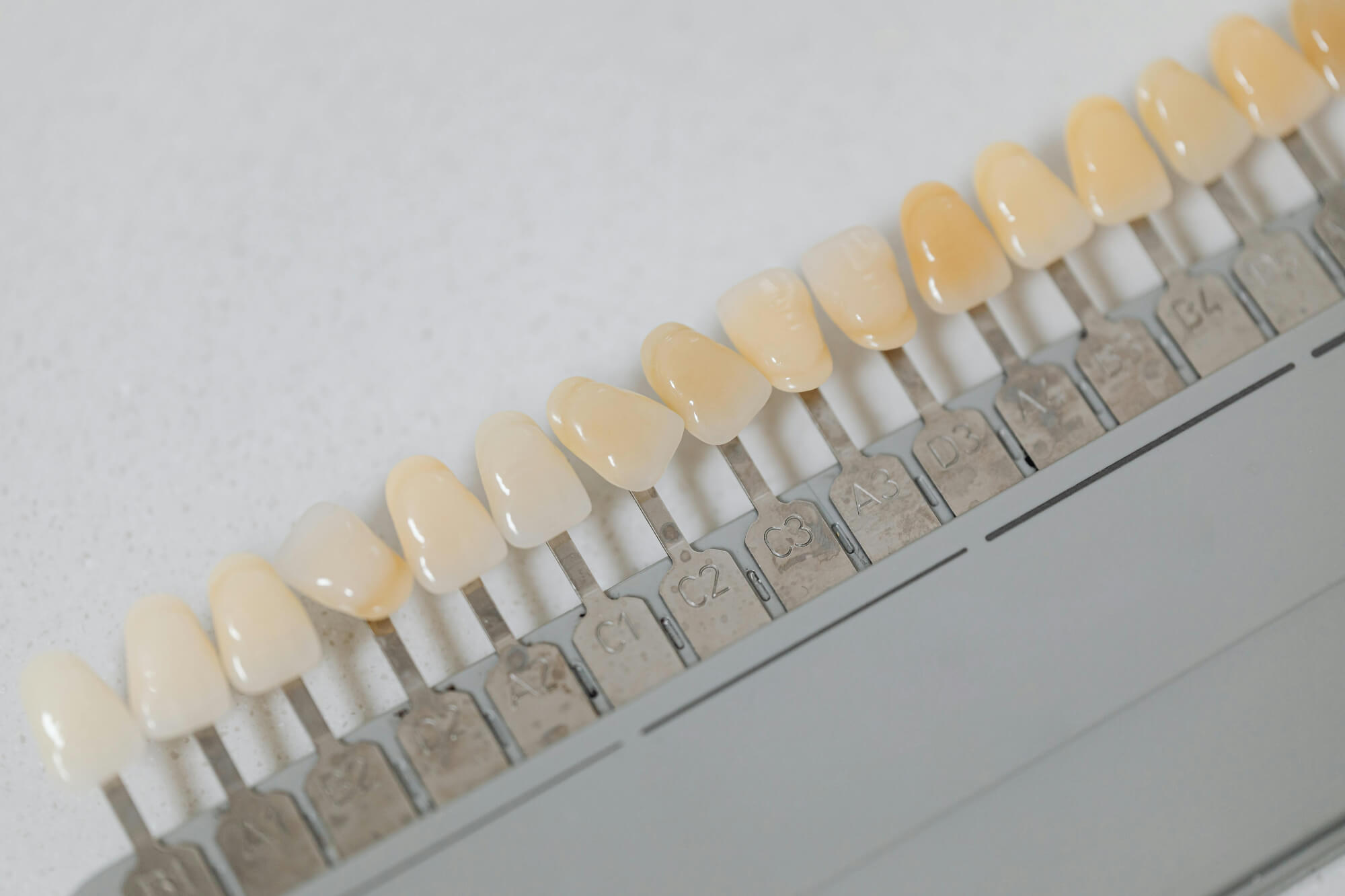
dental / October 22nd 2024
A bright smile is one of the most powerful confidence boosters. Over time, however, teeth can become stained or discoloured due to factors such as ageing, smoking, or consuming dark beverages like coffee or wine. Teeth whitening treatments are an effective way to restore the natural brightness of your smile. However, the question arises: should you choose in-surgery (in-surgery) tooth whitening or opt for at-home solutions?
In this blog, we’ll compare the pros and cons of in-surgery tooth whitening and at-home tooth whitening to help you make an informed decision.
In-Surgery Tooth Whitening
Pros:
1. Professional Expertise:
in-surgery teeth whitening is performed by a dental professional, which ensures a high level of expertise. The dentist will first assess your dental condition, ensuring that the treatment is safe and suitable for you. The risk of complications like gum irritation or sensitivity is minimised because the process is carefully monitored.
2. Immediate Results:
One of the biggest advantages of in-surgery tooth whitening is the speed of the results. Most patients notice a significant improvement in the whiteness of their teeth after just one session. This can be particularly beneficial if you have a special event coming up and want quick results.
3. Higher Concentration of Bleaching Agent:
Professional teeth whitening treatments use stronger concentrations of hydrogen peroxide or carbamide peroxide compared to at-home kits. This results in more effective whitening, as the bleaching agent is able to break down deep stains more efficiently.
4. Customised Treatment:
The whitening process is tailored to your specific dental needs. The dentist can adjust the treatment duration and concentration based on the current shade of your teeth and the desired level of whitening.
5. Fewer Sessions:
Since professional-grade products are used, fewer sessions are required to achieve optimal results. Most patients are satisfied with their teeth’s brightness after just one or two appointments.
Cons:
1. Cost:
in-surgery teeth whitening is significantly more expensive than at-home options. The cost can range anywhere from £300 to £800 or more, depending on your location and the dentist. For some, this may be a deterrent, especially if multiple sessions are needed.
2. Temporary Sensitivity:
Although dentists take precautions to minimise sensitivity, some patients may experience discomfort after the treatment. This sensitivity typically lasts for a day or two but can be unpleasant for individuals with sensitive teeth.
3. Time Commitment:
While in-surgery whitening produces fast results, it still requires a visit to the dentist. You’ll need to schedule appointments, which may not always be convenient for those with busy schedules.
At-Home Tooth Whitening
Pros:
1. Affordability:
At-home teeth whitening kits are generally much more affordable than professional treatments. Prices can range from £250 to £500, making them accessible to a wider audience. Many over-the-counter whitening strips and trays provide effective results at a fraction of the cost of in-surgery procedures.
2. Convenience:
One of the primary benefits of at-home whitening is that you can do it at your own pace. There’s no need to schedule appointments or take time off work. You can apply the whitening product while going about your daily routine.
3. Gradual Whitening:
Since at-home whitening is a slower process, some people appreciate the gradual change. This can help you avoid the sudden contrast of going from yellowish teeth to a very bright white in one sitting, which can sometimes feel unnatural.
4. Variety of Options:
There are many at-home teeth whitening options available, from whitening strips and gels to custom-fitted trays provided by your dentist. This allows you to choose a method that best suits your preferences, lifestyle, and budget.
5. Maintenance:
At-home kits are often used as maintenance tools after professional treatments. They allow you to keep your teeth bright for longer periods without needing another expensive dental visit.
Cons:
1. Lower Potency:
Home whitening products have a lower concentration of bleaching agents than professional treatments. While this makes them safer for unsupervised use, it also means that the results may not be as dramatic or long-lasting. Deep stains may not be completely removed with at-home kits.
2. Slower Results:
Since at-home treatments are less potent, it typically takes longer to see noticeable changes. Most at-home kits require daily use over a period of 2 to 4 weeks to achieve the desired results, which may not be ideal for someone looking for immediate improvements.
3. Risk of Improper Use:
Without the guidance of a dentist, there’s a higher chance of improper application. Misusing at-home products, such as applying too much gel or leaving whitening strips on for too long, can lead to gum irritation, sensitivity, or uneven whitening.
4. Shorter-Lasting Effects:
The effects of at-home whitening tend to fade faster than professional treatments, which means you may need to use the product more frequently to maintain the brightness of your teeth.
Both in-surgery and at-home teeth whitening treatments come with their own set of advantages and disadvantages. If you’re looking for quick, professional results and are willing to pay a higher price, in-surgery whitening may be the best option for you. On the other hand, if you prefer a more gradual, cost-effective approach that you can do at home, at-home whitening kits may be the way to go.
Ultimately, the choice comes down to your budget, lifestyle, and how fast you want to see results. Whichever option you choose, remember that maintaining good oral hygiene and avoiding foods and beverages that stain your teeth are key to keeping your smile bright and healthy.